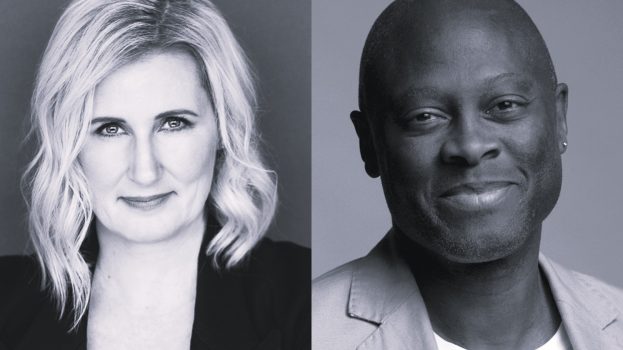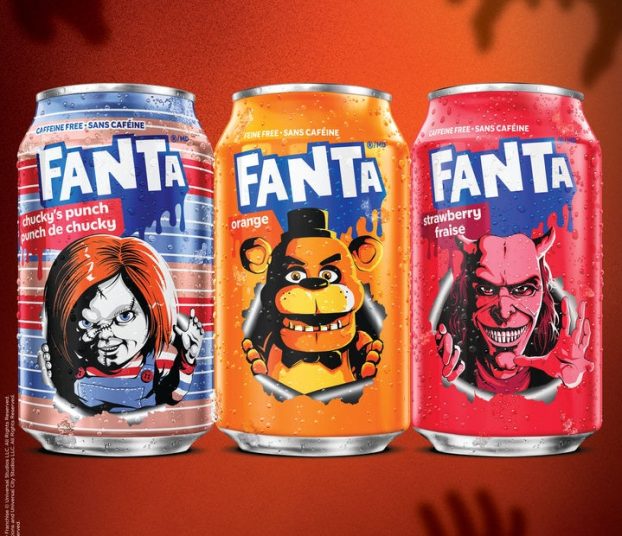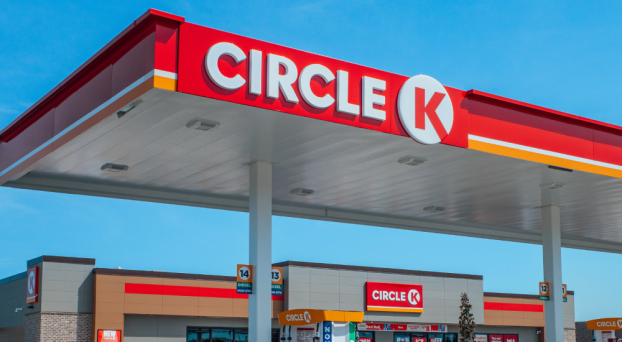
This article appears in the March/April 2019 issue of Strategy.
The Win: Netflix and Marvel’s “The Punisher – Castle Frank” by Proof
Silver Print/OOH
The pithy Bill Bernbach once said, “Nobody counts the number of ads you run; they just remember the impression you make.” While only one subway station was cloaked in Netflix’s “Castle, Frank” ads, and only one billboard was affixed with a St. Louis Children’s Hospital’s “Remission Bell,” these two OOH stunts galvanized a big impression: earned media.
Nowhere else in the world is there a Castle Frank station, except in Toronto. Its moniker was a fortuitous find for the team at Proof when it was brainstorming a compelling tie into Marvel’s The Punisher, a new Netflix show about a Marine vet — Frank Castle — who becomes a vigilante out to avenge the murder of his family. The TTC station became the hub for a sweeping out-of-home takeover-cum-manhunt.
The agency blended the already-existing fandom (the series is based on a popular comic book) with what audiences would see in the new TV series. It worked with the global Netflix team to align on every detail, creating “wanted” posters rooted in the visual identity of the upcoming show. Proof then collaborated with Mediabrands, the TTC and Pattison Advertising to place the OOH ads, which revolved around a search for the vigilante.
The campaign went beyond simply reaching commuters as “Castle, Frank” was received with gusto by fans. People were surprised by the serendipitous link, and jumped at the chance to share selfies and photos of the ads online, resulting in over 1.5 million social impressions.
Hearing the call to help
The Wins: St. Louis Children’s Hospital’s “Remission Bell” by J. Walter Thompson Canada
Bronze Idea; Bronze Print/OOH
From subway-takers to highway-drivers, the St. Louis Children’s Hospital set out to rally people behind a different hero narrative, that of cancer-beating children.
A new wing of the hospital, called “Siteman Kids,” was erected as a dedication to kids fighting cancer. In the hospital wing, there is a special ritual that occurs when a patient is done with their chemotherapy treatment. Family, nurses, and doctors gather to watch these brave kids ring a golden bell as a symbolic end to a difficult time in their life. The ceremony, however, only happens within the walls of the hospital.
The idea, brought to the hospital by J. Walter Thompson, was to create a giant bell, attach it to a billboard and have it ring out loud every time a child beat cancer so that all of St. Louis could hear.
The oversized replica of the hospital’s bell was fitted with a wireless device that connected to an app, allowing the team to trigger the ringing of the bell at the same time as the kids in the hospital.
It generated enough global coverage to drive a total of 390 million earned impressions worth more than $3 million.
OOH that doesn’t suck (kinda)
 The Win: Greenpeace’s “Stop Sucking” by Rethink
The Win: Greenpeace’s “Stop Sucking” by Rethink
Bronze Print/OOH
One of the largest contributors to the overuse of plastic is the plastic straw. They’re everywhere, they’re single use, and they’re killing life in the oceans. Greenpeace wanted to take a stand and boldly pronounce that it was time to end the use of plastic straws with a provocative ad campaign.
Rethink created a series of “Stop Sucking” images to powerfully articulate the realities of plastic straw waste. Fish and other marine life were depicted in a glass with a straw brutally inserted into their mouths. Because of the visual nature of the ads Greenpeace was able to run the campaign in print and out-of-home, with each translated into dozens of languages to be used around the world. The images have been used as one of the main visual drivers in many European countries’ environmental campaigns pushing for greater policies and elimination of single-use plastics.
























